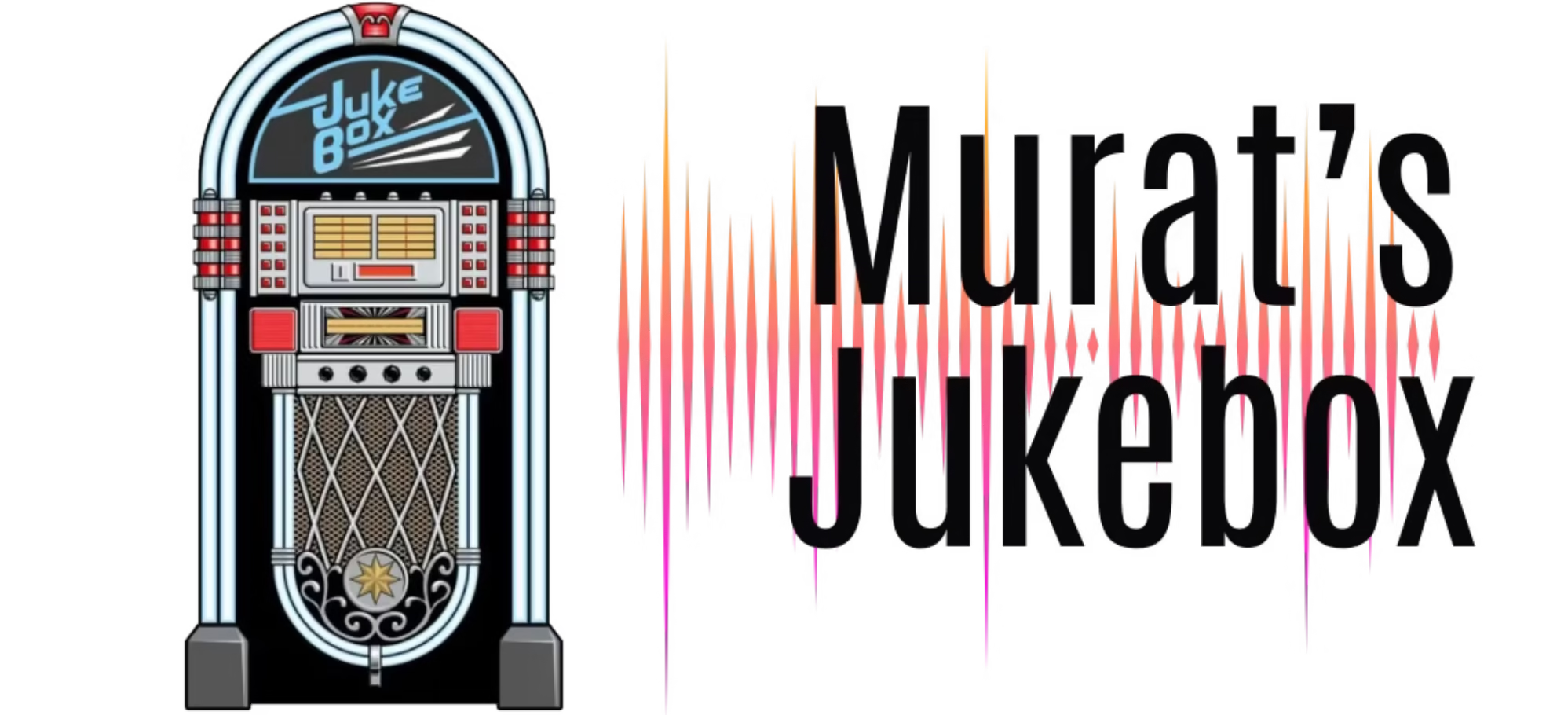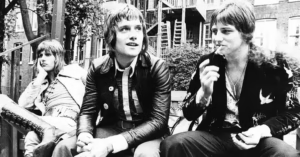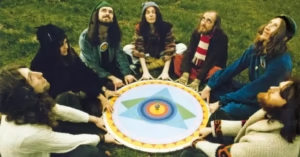Rush: Masters of Progressive Precision and Poetic Power
Rush. Humble Beginnings in Toronto (1968–1974)
Rush was formed in August 1968 in the Willowdale neighborhood of Toronto, Ontario, Canada, by childhood friends Alex Lifeson (guitar), Geddy Lee (vocals, bass, keyboards), and John Rutsey (drums). Early on, the band was heavily influenced by the British blues rock scene, especially Cream and Led Zeppelin, which shaped their sound with hard riffs and high-pitched vocals.



Their self-titled debut album, Rush (1974), was released on their own label, Moon Records, and gained traction with the single “Working Man”, which resonated with blue-collar rock fans in Cleveland. That exposure led to a deal with Mercury Records for wider distribution.
However, just before their first U.S. tour, drummer John Rutsey left the band due to health concerns and creative differences. His replacement would become one of the most transformative forces in rock history: Neil Peart.
Neil Peart Joins: The Golden Trio Is Born (1974)
Peart joined in July 1974, only two weeks before Rush’s American tour began. Not only did he bring technical drumming virtuosity, but also assumed the role of the band’s primary lyricist, introducing a philosophical and literary depth to the band’s music.
This trio—Lee, Lifeson, and Peart—would remain intact for over four decades, forming one of the most consistent and revered lineups in rock.
Rush. The Rise of Progressive Rock Titans (1975–1981)
Fly by Night (1975)
Peart’s lyrical stamp was immediately felt on Fly by Night, which included:
- “Anthem” – inspired by Ayn Rand’s philosophy
- “By-Tor and the Snow Dog” – their first long-form fantasy track
Caress of Steel (1975)
This bold but uneven album included lengthy conceptual pieces like “The Necromancer” and “The Fountain of Lamneth”, which confused fans and critics. The band’s label pushed for more accessible material, but Rush doubled down on complexity.
2112 (1976)
Rush’s defiant answer was 2112, a 20-minute sci-fi rock epic that told the story of a dystopian society where music is forbidden. It became a landmark album, blending power chords with synthesizers and mythic storytelling. Songs like “The Temples of Syrinx” became concert staples.
2112 was a breakthrough, selling over 3 million copies and giving the band creative freedom moving forward.
A Farewell to Kings (1977) and Hemispheres (1978)
These albums marked a full embrace of progressive rock, with intricate arrangements, philosophical themes, and experimental instrumentation:
- “Xanadu” (based on Coleridge’s poem)
- “Cygnus X-1” Parts I & II – a two-album science-fiction saga
- “La Villa Strangiato” – an instrumental masterclass
Rush had carved their identity: science fiction meets philosophy meets jaw-dropping musicianship.
The Synth Era and Mainstream Success (1980–1987)
As the 1980s arrived, Rush transitioned into a new sound with greater use of synthesizers, influenced by new wave and electronic music.
Permanent Waves (1980)
This album balanced complex structures with radio-friendly singles:
- “The Spirit of Radio” – a celebration of FM radio with reggae and rock
- “Freewill” – existential lyrics with angular riffs
It was their first U.S. Top 5 album.
Moving Pictures (1981)
Widely considered Rush’s magnum opus, Moving Pictures featured iconic tracks:
- “Tom Sawyer” – a modern rock anthem
- “Red Barchetta” – a dystopian escape story
- “YYZ” – an instrumental driven by Morse code-inspired rhythms
The album went 4x Platinum in the U.S. and confirmed Rush’s place in the rock pantheon.
Signals (1982), Grace Under Pressure (1984), Power Windows (1985), and Hold Your Fire (1987)
These albums leaned more into synthesizers, with themes of modern alienation, technology, and Cold War fears. Highlights include:
- “Subdivisions”
- “Distant Early Warning”
- “Time Stand Still”
Though some fans missed the raw guitar work, Rush was praised for evolving rather than stagnating.
Return to Rock Roots (1989–1996)
Presto (1989) and Roll the Bones (1991)
These albums marked a return to a more guitar-oriented sound while retaining lyrical depth. Roll the Bones included a controversial but playful rap section in the title track.
Counterparts (1993)
This album embraced a heavier alt-rock sound, aligning with the grunge era. “Animate” and “Nobody’s Hero” tackled personal and societal issues.
Test for Echo (1996)
Rush explored themes of introspection and modernity. After the album’s release, the band entered a five-year hiatus due to tragic personal losses in Peart’s life.
Hiatus and Return (1997–2002)
In 1997, Peart’s daughter died in a car accident, and a year later, his wife passed away from cancer. The band went silent, with Peart embarking on a motorcycle journey across North America, chronicled in his memoir Ghost Rider.
By 2001, Peart had remarried and returned to music. Rush reunited in 2002 with the album Vapor Trails—raw, emotional, and guitar-driven, reflecting Peart’s grief and healing.
Rush. Later Years and Final Albums (2007–2012)
Snakes & Arrows (2007)
A spiritually reflective album that blended hard rock with acoustic interludes. Songs like “Far Cry” and “The Way the Wind Blows” showcased mature, nuanced songwriting.
Clockwork Angels (2012)
Their final studio album was a conceptual tour de force. Blending steampunk aesthetics with philosophical storytelling, it chronicled a young man’s journey in a world ruled by order and chaos. It was critically acclaimed and showed the band’s creative fire remained undiminished.
Farewell to Kings: Final Tour and Retirement (2015)
Rush’s final tour, R40, celebrated 40 years of recording and reversed their discography in performance—from the latest songs back to the earliest. After 2015, the band quietly disbanded due to Peart’s health and decision to retire.
Neil Peart passed away in January 2020 from brain cancer. The loss was profound, and Lee and Lifeson have since stated that Rush as a band is finished—a decision made out of respect for their irreplaceable friend.
Rush. Members
- Geddy Lee – vocals, bass, keyboards (1968–2018)
- Alex Lifeson – guitars (1968–2018)
- Neil Peart – drums, lyrics (1974–2020)
- John Rutsey – drums (1968–1974)
Discography (Studio Albums)
- Rush (1974)
- Fly by Night (1975)
- Caress of Steel (1975)
- 2112 (1976)
- A Farewell to Kings (1977)
- Hemispheres (1978)
- Permanent Waves (1980)
- Moving Pictures (1981)
- Signals (1982)
- Grace Under Pressure (1984)
- Power Windows (1985)
- Hold Your Fire (1987)
- Presto (1989)
- Roll the Bones (1991)
- Counterparts (1993)
- Test for Echo (1996)
- Vapor Trails (2002)
- Snakes & Arrows (2007)
- Clockwork Angels (2012)
Legacy and Influence
- Rush inspired countless musicians across genres: drummers (Mike Portnoy, Danny Carey), guitarists (John Petrucci, Tom Morello), and bassists (Les Claypool, Steve Harris).
- Their lyrics touched on individualism, science fiction, humanism, philosophy, and emotional resilience.
- Despite initial critical snubs, Rush gained recognition as musical pioneers and were inducted into the Rock and Roll Hall of Fame in 2013.
- Their fanbase is among the most loyal in music, driven by the band’s humility, virtuosity, and integrity.





